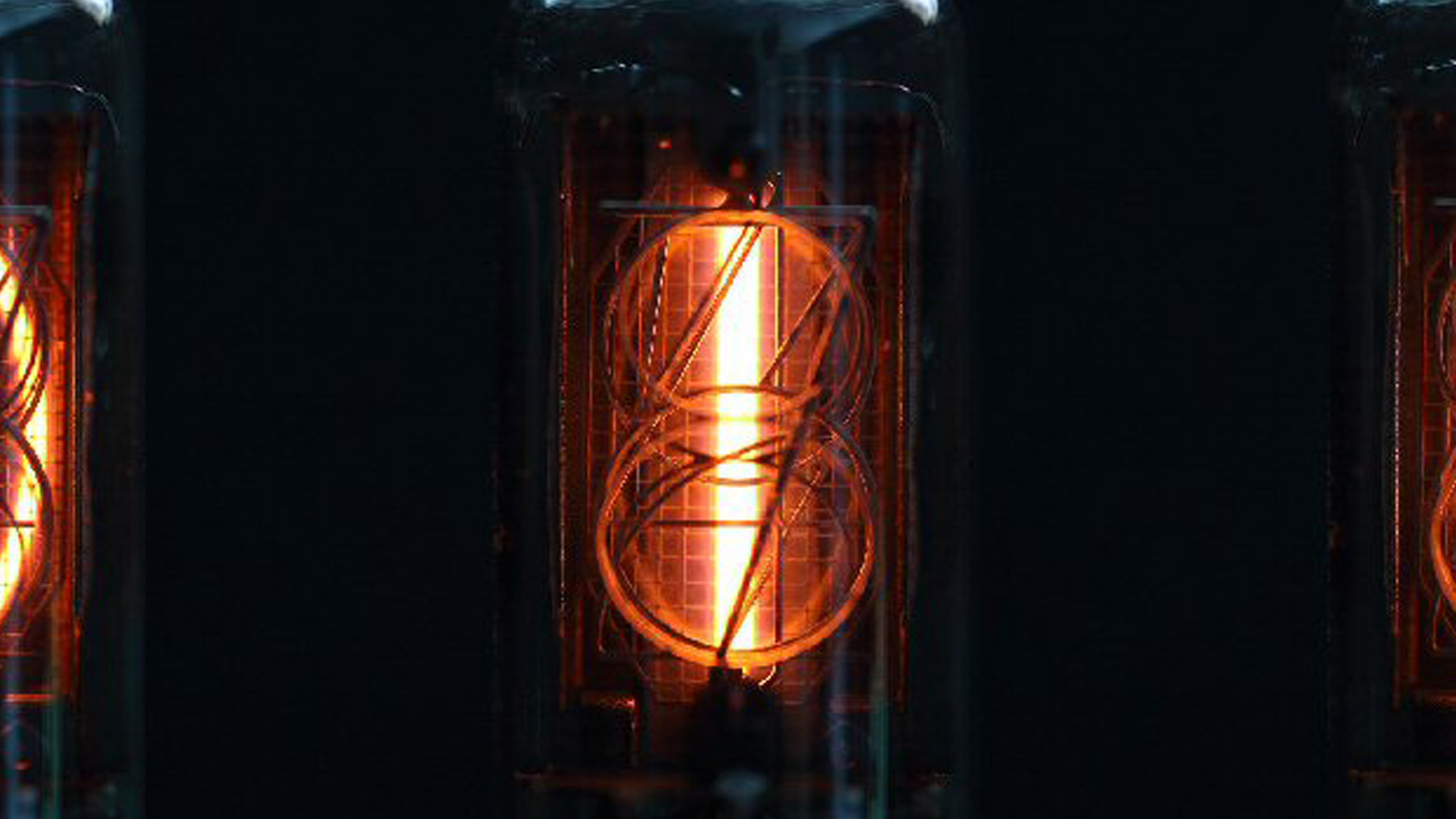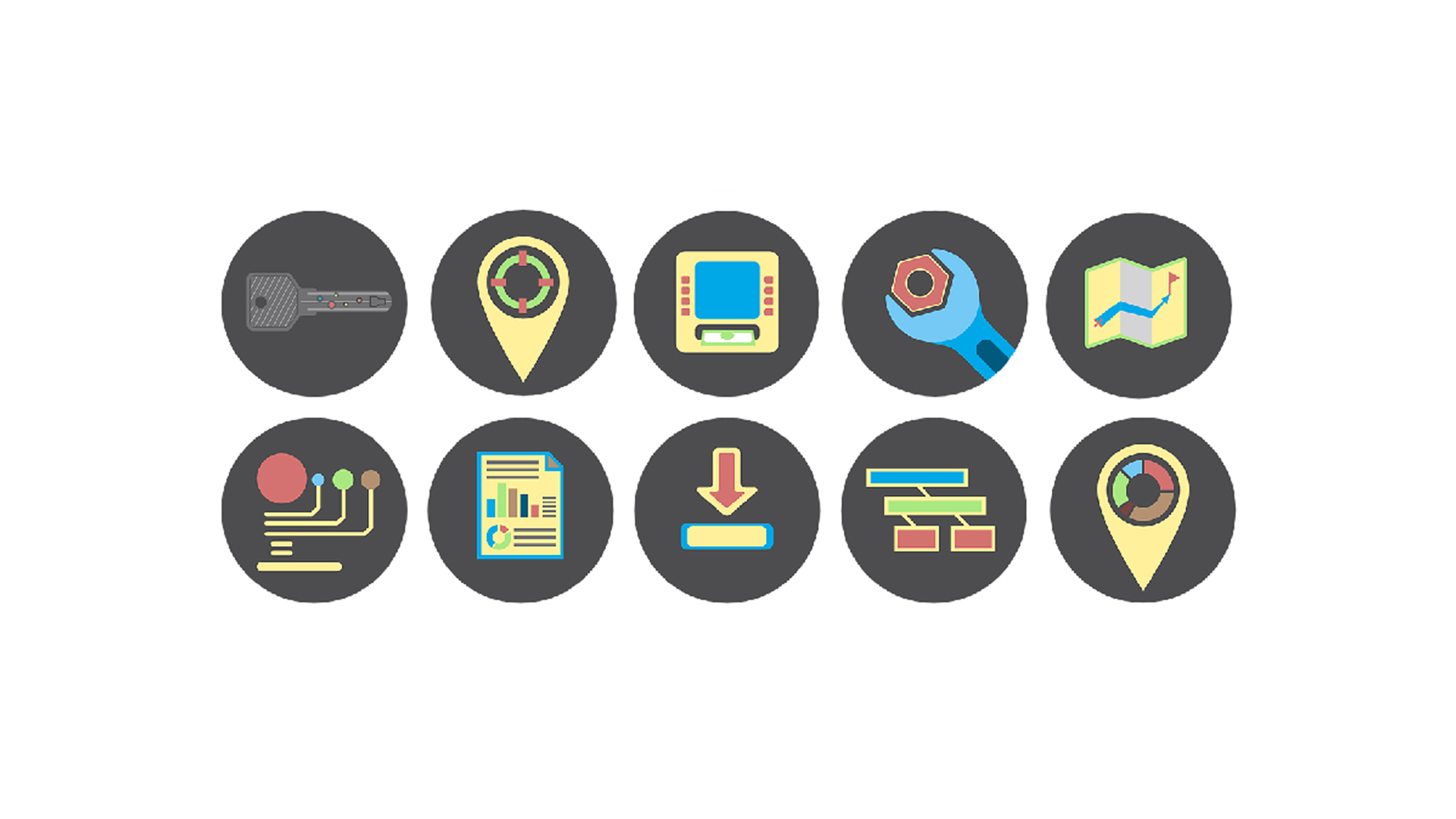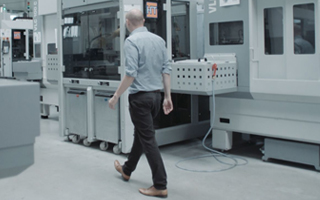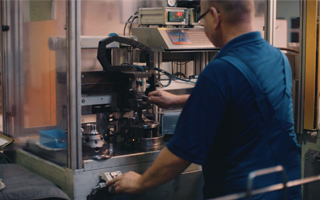11 Car Safety Systems Set To Become Mandatory

The European Union are on a mission to stop all road deaths. Yes, you read that correctly.
What on the surface seems like wild optimism has is in fact been strategized and last month a plan titled Vision Zero was unveiled to the world. Its remit is simple in theory if not reality, to achieve ‘close to zero fatalities and serious injuries’ on highways across the continent. As if to complicate matters the powers that be have given themselves a mere 30 years to realise the ambition.
Central to the EU’s quest for safety is self-autonomous technology, something which has developed far quicker than anyone anticipated. In making a handful of these mod cons mandatory, the big-wigs in Brussels believe they can improve upon a 43% drop in traffic tragedies between 2005 and 2015. Tellingly, progress has stalled in the three years since.
As a result the European Commission announced that eleven car safety systems would come as standard in new models from 2021. They are as follows…
1. Accident Data Recorders
The equivalent of an aeroplane’s black box, Accident Data Recorders or Event Data Recorders as they are sometimes known, seek to paint a picture of events leading up to an incident or crash. Indeed information is collected up until the point at which an airbag is deployed.
Not only does this functionality help settle upon the causation and reconstruction of accidents but facilitates better driving through its sheer presence. Those behind the wheel are inclined to drive far more conservatively in the knowledge performance can be monitored.
Data recorders installed within vans and trucks have been proven to reduce collisions by as much as 20%. However the technology is not exactly new. Police fleet cars have been fitted with their very own black boxes since 2009. This next step was always inevitable.
2. Alcohol Interlocks
It is a sad yet inescapable fact that a quarter of road deaths can be attributed to drink driving. Indeed campaign slogans and television appeals can only go so far. Unfortunately many motorists shun permitted liquor levels and embark upon a road to ruin. Alcohol Interlocks are designed to stop them.
A built-in breathalyser, this device will prevent an engine starting until it is blown into. If remnants of alcohol are detected on one’s breath the car will remain stationary.
The EU point to research suggesting a BAC of 1.5 g/l increases the rate of fatal crashes by 200 times. Evidence were it needed that action is required.
This deterrent is already prevalent in both Sweden and parts of North America and has been commended for being 40-95% more effective in stopping drink drivers re-offending.
3. Autonomous Emergency Braking
When the idea of compulsory car safety was first bandied about Autonomous Emergency Braking was uppermost in minds. This system kicks in when a driver fails to slow whilst approaching an obstacle.
The AEB has no intention of discovering whether it’s complacency or recklessness that presents the risk and will instead halt the car itself. Cars currently boasting the technology have been involved in 38% less rear-end collisions. Yet more maths that endorses new legislation.
4. Drowsiness and Attention Detection
A frightening 20% of road accidents are linked to fatigue. The rise of technology designed to pick up on tell-tale signs is then welcomed. It also comes in various forms.
Steering Pattern Monitoring is self-explanatory, judging a driver’s control of the car and whether it is cause for alarm. Lane Monitoring will be touched upon later in this blog but ultimately assesses if switches in position are appropriate through the presence of cameras.
More advanced software meanwhile includes Driver Eye/Face Monitoring, where a lens is fitted with the sole purpose of scanning a driver’s facial features and identifying dangerous levels of tiredness.
Finally we have Physiological Measurements which are unlikely to become mandatory due to their sheer complexity. This set-up involves body sensors being deployed to analyse everything from brain activity to heart rate. Envisage a health check on wheels. Involved even for the EU.

5. Emergency Stop Signalling
BMW and Volkswagen have long championed the benefits of Emergency Stop Signalling and can feel vindicated with the announcement they will soon be Europe-wide.
This feature detects upcoming emergencies or heavy traffic and will alert those following behind by triggering hazard or brake lights respectively. These warnings will subside once the traffic does likewise.
6. Lane Keeping Assist
The occasional loss in concentration happens with the attention spans of even the best drivers only going so far. The hope is such lapses do not come to the detriment of driver safety.
Lane Keeping Assist is one tool designed to fend off complacency. Available on most new models, this aid will helpfully guide cars back into line (and lane) when they begin to veer unintentionally.
5% of crashes are the result of cars merging. The presence of sensors and a wide-angled camera placed in front of rear-view mirror will likely reduce that. A helping, non-obtrusive hand is often the best kind.
7. Over-ridable Intelligent Speed Assistant
A bugbear to some will prove a blessing to others as over-ridable intelligent speed assistants stop Formula 1 enthusiasts in their tracks. Vehicles will scan surrounding road signs to calculate the legal speed limit in any given zone. A top speed is then programmed into the car which cannot be overridden – no matter how much pressure is applied to the accelerator.
If nothing else this technology will make speed cameras redundant, and should hopefully mean you’ll never get a speeding ticket again.
8. Pedestrian Protection
Road accidents claim the lives of passers-by as well motorists. New technology aims to keep both safe by implementing apparatus intended to soften any collision.
Remarkably cameras and sensors can now be utilised to predict accidents involving members of the public. Depending on their location relevant to the car they may be aided by an inflatable bumper or extended hood. The former looks to facilitate a soft landing, emerging across the bonnet akin to an airbag. The latter will create its own cover to the bottom of the windshield, helping in those ‘bumps’ where someone is thrown over the bonnet itself.
Cynics may question whether any real difference can be made in the worst crashes but some countermeasures are better than none at all.
9. Improved Seatbelts
It seems an obvious statement to make but enhanced seatbelts will save lives. A seatbelt pretensioner is just one example. This system will tighten the webbing, removing slack to ensure occupants are effectively attached to a vehicle at the earliest opportunity. As well as providing a greater occupant stopping distance, this feature should ensure impact occurs not when a driver or passenger is mid-air but when ‘coupled’ with their seat.
Pre-pretensioners exert similar influence, tightening when the car detects a collision is likely. If nothing comes to fruition an electric motor will loosen the webbing as it reverts to its original position.
Not forgetting a seat belt load limiter, one preventing pressures becoming too great. When a certain threshold is met the seat belt webbing is relaxed to allow for greater movement – if needed. These team up with frontal airbags to better manage a passenger’s movement in the event of an impact.
10. Side Impact Protection Systems
First introduced by Volvo in the early 1990s, Side Impact Protection or SIP has been evident in all of their vehicles since. Its presence is intended to better distribute the impact of any side-on collision, funnelling it down the length of the car as opposed to one sole position – which could prove devastating.
The transfer of energy is achieved through a combination of re-enforced lower sill, b-pillars and reinforcements containing energy absorbing honeycombs placed within inside doors.
11. Reversing Cameras
Not exactly commonplace but present in many newer vehicles; reversing cameras help with parking primarily but can also guard against accidents. After all the more views a driver is afforded the better. This technology is already a requirement on all new cars in the sates, where experts claim it has prevented 95 deaths a year.
The aforementioned features that will soon come as standard have sent some motorists into a panic. Indeed many fear new technology will be used by manufacturers as justification for ratcheting up prices. The EU have moved to quell those fears, stating there should be ‘little to no impact’ financially. Time will tell.
The bigger story in terms of budgets may be the 75 billion Euros it hopes to save from a reduction in accidents. If the legislation is ratified expect it to be amended before its implementation, with experts views on what is essential evolving in line with technology.
Vision Zero is ambitious, but at least it’s for the right reasons.




